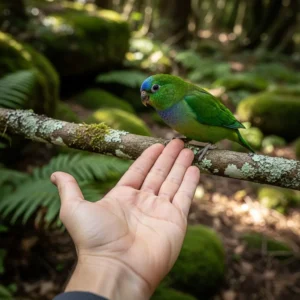
Body Posture and Movement: The Full Picture
While the tail, eyes, and ears are key indicators, a cat’s overall posture and movement tie all the signals together. Observing the whole body allows for the most accurate interpretation of their mood and intentions.
Relaxed vs. Tense Posture
A relaxed, happy cat will have a soft, fluid body posture. It may be lying stretched out on its side, curled in a ball, or sitting in the classic “cat loaf” position with its paws tucked underneath. Its movements are graceful and unhurried. In contrast, a fearful or aggressive cat will have a tense, rigid body. Its muscles will be coiled, ready for action. It might be crouched low to the ground to appear smaller or standing tall on its tiptoes to appear larger.
The Arched Back
An arched back can mean two very different things depending on the context. The classic “Halloween cat” pose, with an arched back and fur standing on end (piloerection), is a defensive posture designed to make the cat look larger and more threatening. However, a cat that arches its back to meet your hand as you pet it, or during a long stretch after a nap, is showing pleasure and contentment. The accompanying body language—puffed fur versus a relaxed body—is the crucial differentiator.
The Exposed Belly
When a cat rolls over and exposes its belly, it is often misinterpreted as an invitation for a belly rub. In reality, this is the ultimate sign of trust. The stomach is a cat’s most vulnerable area, so exposing it means the cat feels completely safe and secure in your presence. However, for most cats, this is a “look but don’t touch” signal. The belly area is highly sensitive, and touching it can trigger a defensive reaction—grabbing your hand with all four paws and teeth. Some cats do enjoy a gentle belly rub, but it’s essential to learn your specific cat’s preference through slow, careful introduction.
Rubbing and Head-Butting
When a cat rubs its cheeks, chin, or body against you, your furniture, or another pet, it is engaging in a behavior called “bunting” or scent marking. Cats have scent glands on their faces, paws, and flanks that release pheromones, which are chemical signals. By rubbing on you, your cat is depositing its scent, marking you as a familiar and safe part of its territory and social group. It is a deeply affectionate gesture, essentially claiming you as family. A firm head-butt against your leg or hand is a particularly strong sign of this trust and affection.















